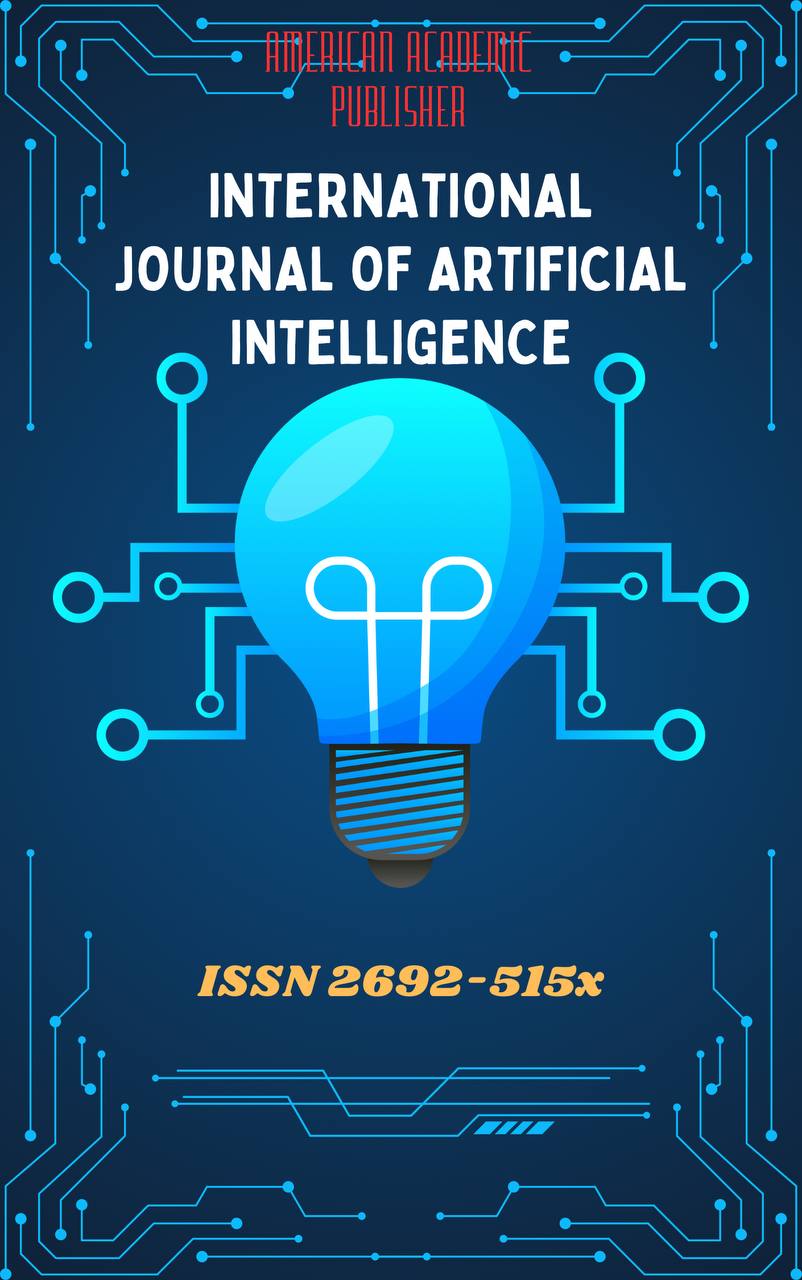 Articles
| Open Access |
Articles
| Open Access | SPECIFIC ASPECTS OF MODERN UZBEK SYNTAX
Gaffarov Alisher Akmedovich , Associate Professor, Candidate of Philological Sciences Department of Uzbek Linguistics, Samarkand State University named after Sharof RashidovAbstract
This article examines the main features and distinctive aspects of modern Uzbek syntax, focusing on the evolution of syntactic structures, the interaction between traditional grammatical categories and modern linguistic tendencies, and the influence of typological and communicative factors. Uzbek syntax, as a Turkic system, is characterized by agglutinative morphology, postpositional structure, and a relatively flexible but functionally motivated word order. In the context of globalization and digital communication, contemporary Uzbek shows significant syntactic dynamism, reflecting processes of language modernization, bilingual interference, and stylistic diversification. The study explores the peculiarities of sentence composition, syntactic parallelism, and pragmatic word order changes in modern Uzbek discourse.
Keywords
Uzbek syntax, sentence structure, word order, typology, discourse, agglutination, communicative function, modern Uzbek language.
References
Bozorov, O. (2020). “Typological Features of Turkic Sentence Structure.” Journal of Central Asian Linguistics, 5(3), 45–62.
Yuldashev, B. (2019). Modern Uzbek Grammar and Syntax. Samarkand State University Press.
Ergasheva, D. (2021). “Functional Syntax and Discourse Variability in Modern Uzbek.” Linguistic Studies of the East, 7(2), 101–117.
Kornfilt, J. (2017). Structural Properties of Turkic Languages. Oxford University Press.
Abdurahmanova, N. (2022). “Word Order and Pragmatic Focus in Uzbek Online Communication.” Language and Society in Eurasia, 4(1), 66–81.
Article Statistics
Downloads
Copyright License

This work is licensed under a Creative Commons Attribution 4.0 International License.

